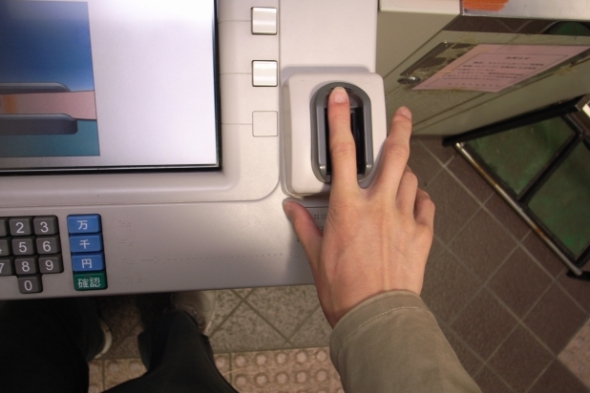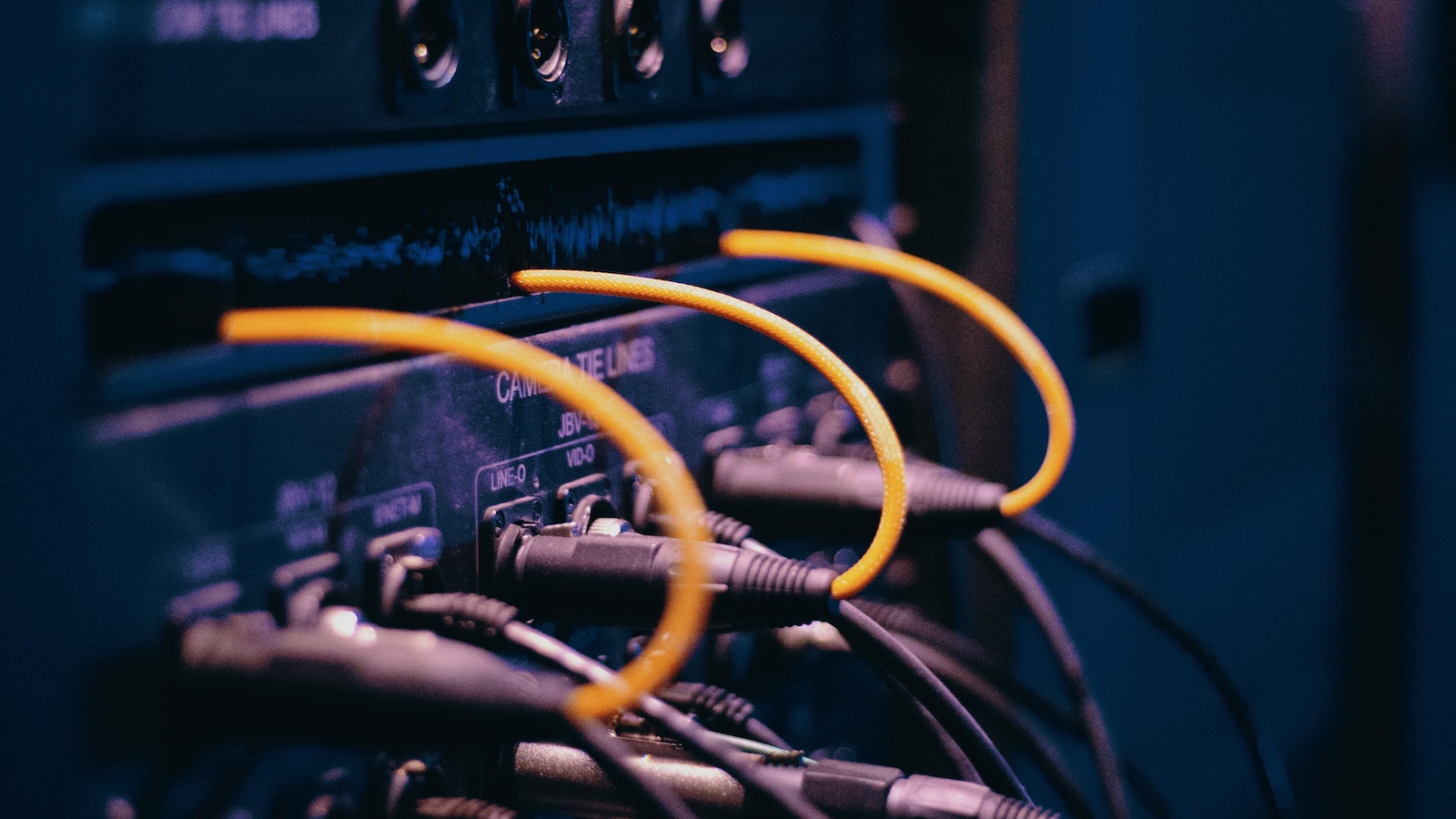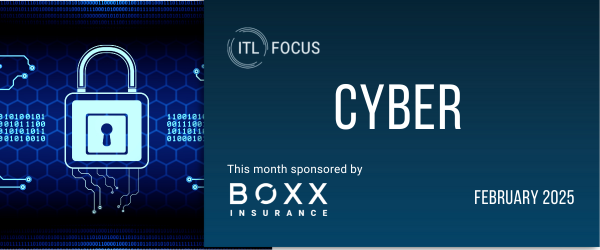As more consumers opt for the flexibility of serving themselves, it has become essential for businesses to deploy strong systems to authenticate identity. The challenge is how to reduce fraud without frustrating consumers or compromising the customer experience.
Biometric technology has been seen increasingly as a solution in industries such as financial services, but is there a useful place in insurance? As technology becomes more convenient --and more secure -- many are saying yes.
What’s What in Biometrics
By identifying individuals through their unique physiological or behavioral patterns, biometrics offers a higher level of security, ensuring that only authorized persons have access to sensitive data. Physiological biometrics include fingerprint, face, iris and hand geometry recognition. Behavioral biometrics identify signature and voice verification, including keystroke kinetics that identify a person’s typing habits.
As consumer-centric channels such as mobile and online applications continue to expand, so will the risk of fraud. And while many industries, including insurance, continue to deploy new technologies to stave off attacks, the reality is that the tools and methods by which professional fraudsters operate are becoming increasingly sophisticated.
“While insurers have applied some preventive measures against fraud, the industry as a whole needs to catch up,” says Steve Cook, director of business development, Facebanx. “They must be forward-thinking and recognize the benefits of biometric technology and how it can help in preventing fraudulent activities.”
Reducing Claim Fraud and Protecting Data
One area where biometrics has begun to take hold is healthcare insurance. A study by the Ponemon Institute found nearly 1.5 million Americans to be victims of medical identity theft. Healthcare fraud is estimated to cost between $70 billion and $255 billion a year, accounting for as much as 10% of total U.S. healthcare costs.
Many insurers are using biometrics to help reduce billing fraud by eliminating the sharing of medical insurance cards between patients, or by making it more difficult for a person to assume another’s identity. For example, as an alternative to paper insurance cards, a biometric iris scan can immediately transport proof of a patient’s physical presence at a healthcare facility.
Biometric technology is also assisting healthcare insurers with compliance and data integrity standards — in particular with those set by the Health Insurance Portability and Accountability Act (HIPAA). For example, in addition to adhering to requirements for automatic logoff and user identification, insurers must implement additional safeguards that include PINs, passwords and some method of biometrics.
Fraud Capabilities in Property and Casualty
According to a report by Aite Group, the war against fraud in property and casualty insurance is also escalating. The group estimates that claim fraud in the U.S. P&C industry alone cost carriers $64 billion in 2012 and will reach $80 billion by 2015. Customer contact centers have been hit particularly hard. While the focus on protecting consumer data has primarily centered on online channels, fraudsters are now targeting the phone channel, as well. Leveraging information obtained through social media networks, thieves are manipulating call center representatives and gathering customer information.
For this reason, biometrics are being deployed. Representatives can cross-reference incoming calls against a watch list of known fraudsters, identifying unique voice prints. Advanced biometric techniques can also identify fraud patterns based on speech analytics, talk patterns and various “red flag” interactions.
Summary
The insurance industry is just beginning to scratch the surface when it comes to identifying areas of fraud management to which biometric science can be applied.
“Insurance companies [that] are first to adopt this kind of technology will push the fraudsters over to the competition, because fraudsters don’t want their face or voice on a database that they can’t control,” Cook says.
Making the switch to biometric security measures can mean a substantial investment if done on a large scale. Even so, with the proliferation of online channels, consumer conveniences and ever-shifting tactics of fraudsters, deploying some degree of biometric technology will become a competitive necessity. And, as long as the insurance industry continues to expand consumer services because of e-commerce and m-commerce, no doubt new applications of biometrics will come about.





